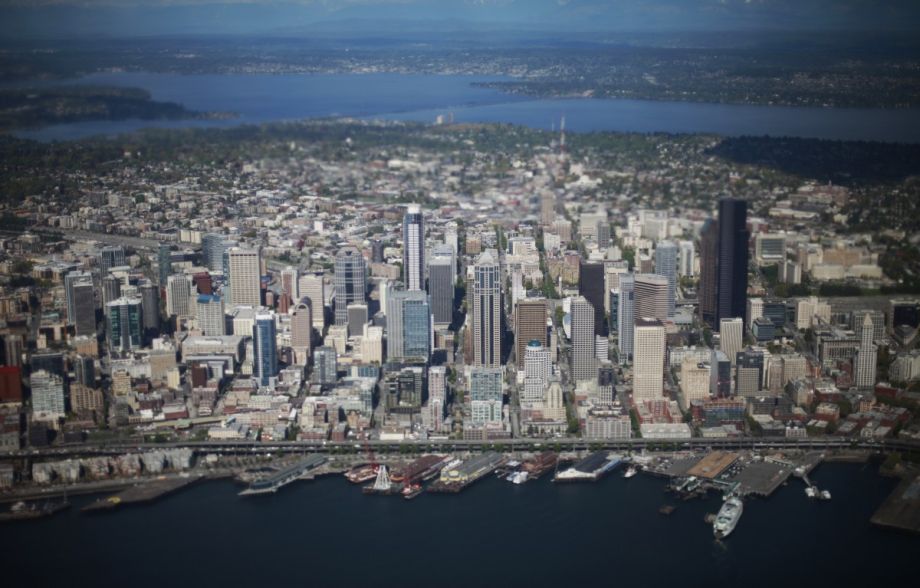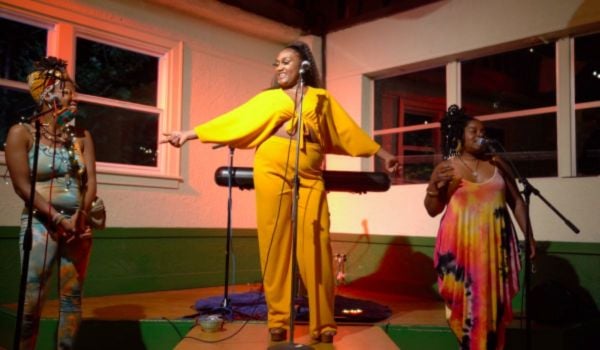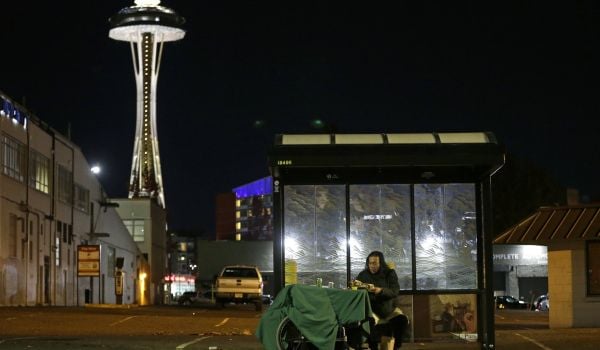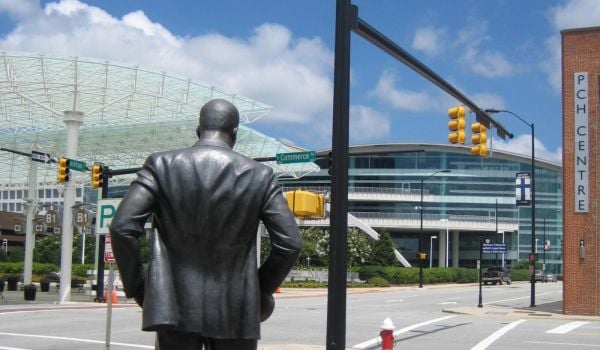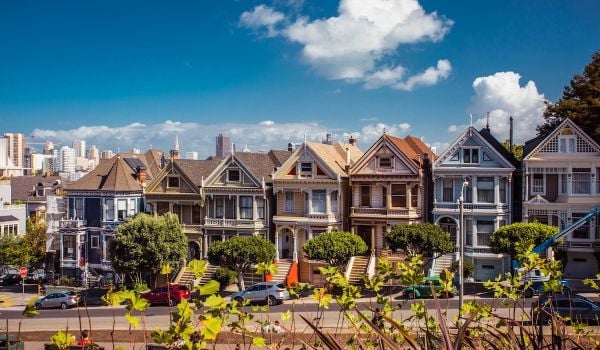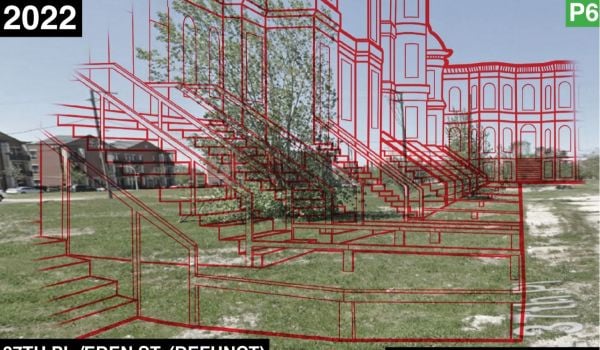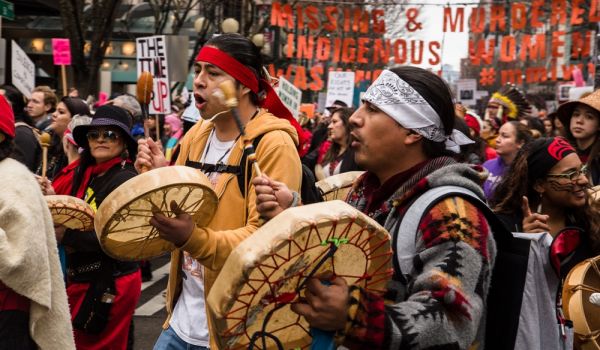Like every other U.S. city touched by New Deal housing policies, Seattle’s neighborhoods were once color-coded by supposed credit risk on a scale of green to red. Red areas — areas that were, literally, “redlined” — were considered “hazardous” or “declining” (rather than “desirable”) because they were home to high numbers of black and immigrant residents.
Like so many other forms of structural racism, redlining is often discussed as an ugly leftover of the past, rather than the force that shaped the U.S. housing market as it is today and continues to influence patterns of disinvestment, blight, crime, gun violence, poverty, educational inequity and gentrification. But it’s not often discussed that way by white people.
Cyclist and Seattle Central District resident Merlin Rainwater wants to change that — from her bike. The alternative transportation advocate leads neighborhood “slow rides” to acclimate older women to urban cycling, KUOW reports, and she recently began offering bike tours of the red lines that once segregated Seattle, and continues to be visible in the city’s fabric.
A display at her neighborhood library sparked the idea. It contained photos and documents from Seattle’s notorious open housing battle in the 1950s and ’60s.
“And as I looked at it, I thought, you know, this is information that really ought to be in Laurelhurst. It should be in Broadmoor,” she told the station. “Because black people in the Central District, they know this history. It’s the white folks in the segregated white parts of the city that need to know that there was a struggle for open housing in Seattle.”
Rainwater decided she wanted to bring that history to the mostly white people who accompany her on bike tours.
“Then I came across an article about the historic maps of redlining, the maps that were created by the Federal Housing Authority,” she told the station. “I looked at the map of Seattle online and, you know, a map and a line? That could be a bike ride!”
As Next City has covered, the maps from FHA and the Home Owners’ Loan Corporation (HOLC) were intended to help the federal government boost a housing market as a way to recover from the Great Depression. But they were deeply segregationist, and graded each neighborhood on their perceived investment risk, with much lower “grades” going to neighborhoods inhabited by people of color. Rainwater’s ride highlights how those maps shaped the Central District, according to the KUOW — both in the leftovers of federal (and, then, city) disinvestment and, more recently, gentrification.
“White people were the actors that developed and implemented the policies that led to segregation,” she says. “And it’s really inappropriate to, say, segregate those aspects of history that black people suffered under, and label those ‘black history’ as if they weren’t relevant to the rest of us.”

Rachel Dovey is an award-winning freelance writer and former USC Annenberg fellow living at the northern tip of California’s Bay Area. She writes about infrastructure, water and climate change and has been published by Bust, Wired, Paste, SF Weekly, the East Bay Express and the North Bay Bohemian
Follow Rachel .(JavaScript must be enabled to view this email address)

